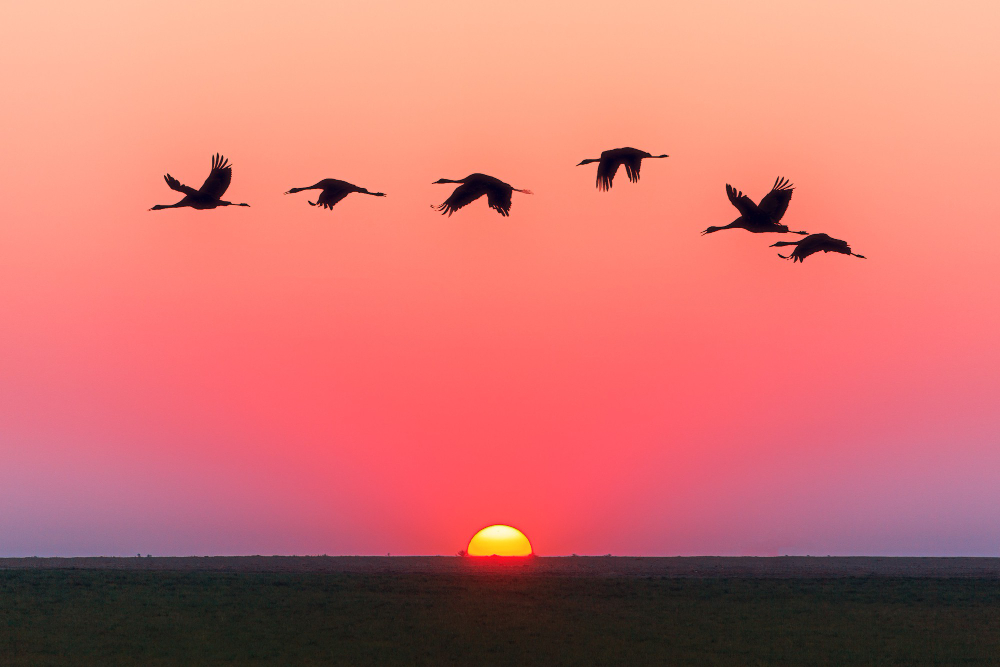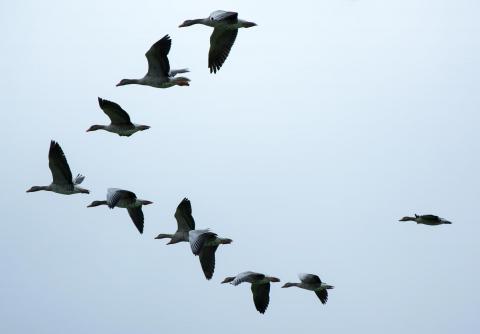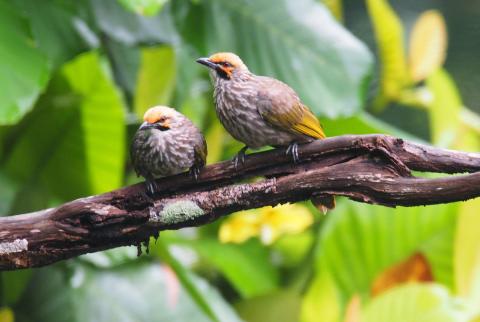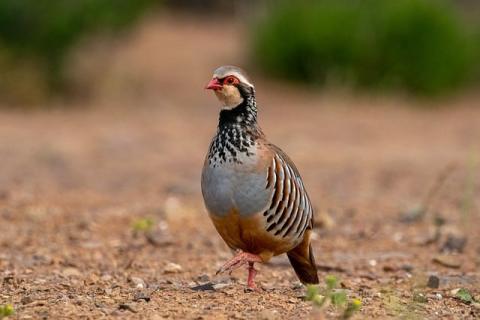More than 1,300 bird species will become extinct in the next 200 years
International research in which CREAF is participating estimates that more than 1,300 bird species will disappear over the next two centuries, which is more than double the number of extinctions recorded to date - 610 species have disappeared in the last 130,000 years. The study, published in the journal Science, shows that, for island endemics, the proportional losses have been and will be even greater. The authors warn that when a species becomes extinct, its role in the ecosystem may disappear with it.

Anna Traveset - extinciones aves EN
Anna Traveset
Research Professor at IMEDEA (CSIC-UIB)
The research presented by Matthews et al. shows results that underline the severity of the biodiversity crisis and the urgency of identifying the ecological functions lost with each extinction. The authors report that, since the late Pleistocene (approximately 130,000 years ago), more than 600 bird species have become extinct (at least 562 extinctions due to anthropogenic causes!), causing a significant loss of ‘functional space’ and three billion years of unique evolutionary history. The latter implies that not only a lot of species, but entire branches of the tree of life have been lost. The results of their sophisticated modelling are very alarming, especially in projecting that more than 1000 species could become extinct in the next two centuries, further reducing functional and phylogenetic diversity. The consequences of such a reduction on the maintenance of biodiversity and ecosystem functioning are not easy to predict, although several studies already suggest that various disruptions in ecological interactions (e.g. pollination or seed dispersal) could result in ecological collapse, especially on islands, whose ecosystems are more simplified and therefore more vulnerable to disturbance than mainland areas.
Matthews et al. have done a titanic task by compiling published data and information from expert taxonomists, differentiating between extinctions due to human activities (anthropogenic causes) and those due to unknown causes. For each extinct species, they have obtained measurements of a good set of morphological characters (from museum specimens and literature) to calculate functional diversity. In addition, they have constructed a global phylogeny of birds, including both Pleistocene and Holocene extinctions, from which - using null models - they have estimated the amount of phylogenetic diversity lost through these extinctions.
This high-impact study, based on decades of IUCN Red List data, reinforces a clear warning from science: uncontrolled human activity is causing massive devastation of biodiversity.
Borja Milá - extinciones aves EN
Borja Milá
Researcher at the National Museum of Natural Sciences of the Spanish National Research Council (CSIC)
This work represents the best estimate to date of the impact that humans have had and will have on the extinction rate of a major taxonomic group such as birds, and what these extinctions mean in terms of loss of ecosystem functionality and phylogenetic diversity. The study identifies oceanic islands as places where bird extinctions are both more likely and more severe in terms of ecosystem functioning because unique adaptations to these unique and fragile environments have evolved.
This kind of ambitious analysis can only be done for birds, as it uses two essential types of data that are globally available only for this group: molecular phylogenies and morphological data for the world's 10,000+ species. Without the availability of all bird species in the biological collections of natural history museums, it would not be possible to perform this kind of much-needed analysis, and future predictions indicate that the loss of bird species caused by human impacts could seriously affect the functioning of ecosystems.
Nicolás López - extinción aves EN
Nicolás López-Jiménez
Member of the Society and Territory Unit and delegate of SEO/BirdLife in Asturias
This is a very good article that finally highlights the intrinsic value of the ecosystem services provided by birds. But this time, most interestingly, in the context of conservation biology. Species extinction is in itself a natural phenomenon, but it is also a consequence of human activities and, in the latter case, when birds disappear as elements of the ecosystems they inhabit, some of the functions of these ecosystems may disappear or suffer, giving rise to a dysfunction or alteration in the ecosystem, or to the substitution of the species that have disappeared by other more generalist species that can fulfil their role.
Unfortunately, and as shown in the scientific study, in the case of islands the degree of specialisation of many species is so high and the interdependence of some of them with others is such that evolution has made them companions along the way. In the island environment, this pathway is so narrow that this functional role is less likely to lead to short-term substitution of generalist species by those that have recently disappeared, so that the phenomenon of the extinction of island birds causes the ecosystems they inhabit or elements of them to suffer much more, as the researchers report.
This type of publications and the data they provide should be taken into account when drawing up species protection catalogues, so that one of the criteria for the conservation of a species and its inclusion in one or another category of threat would be based on its functional role within an ecosystem and, moreover, on the value of the ecosystem services it provides and the negative consequences that would result from the loss of the functions associated with the role it plays in the ecosystem where it lives.
These losses of functionality resulting from the extinction of bird species that play a fundamental role as pest controllers, pollinators, seed dispersers, etc., could not only have fatal consequences in some ecosystems, which have not yet been very well studied, but also have serious socio-economic repercussions for humans.
Thomas J. Matthews et al.
- Research article
- Peer reviewed
- Modelling



